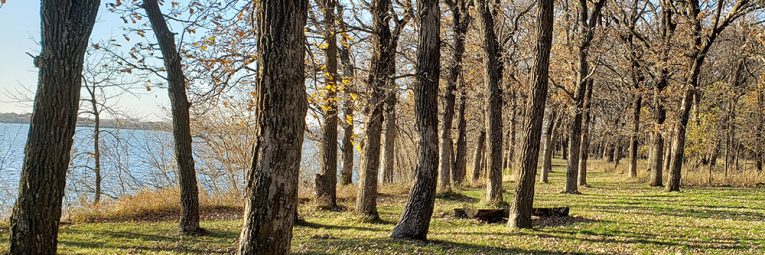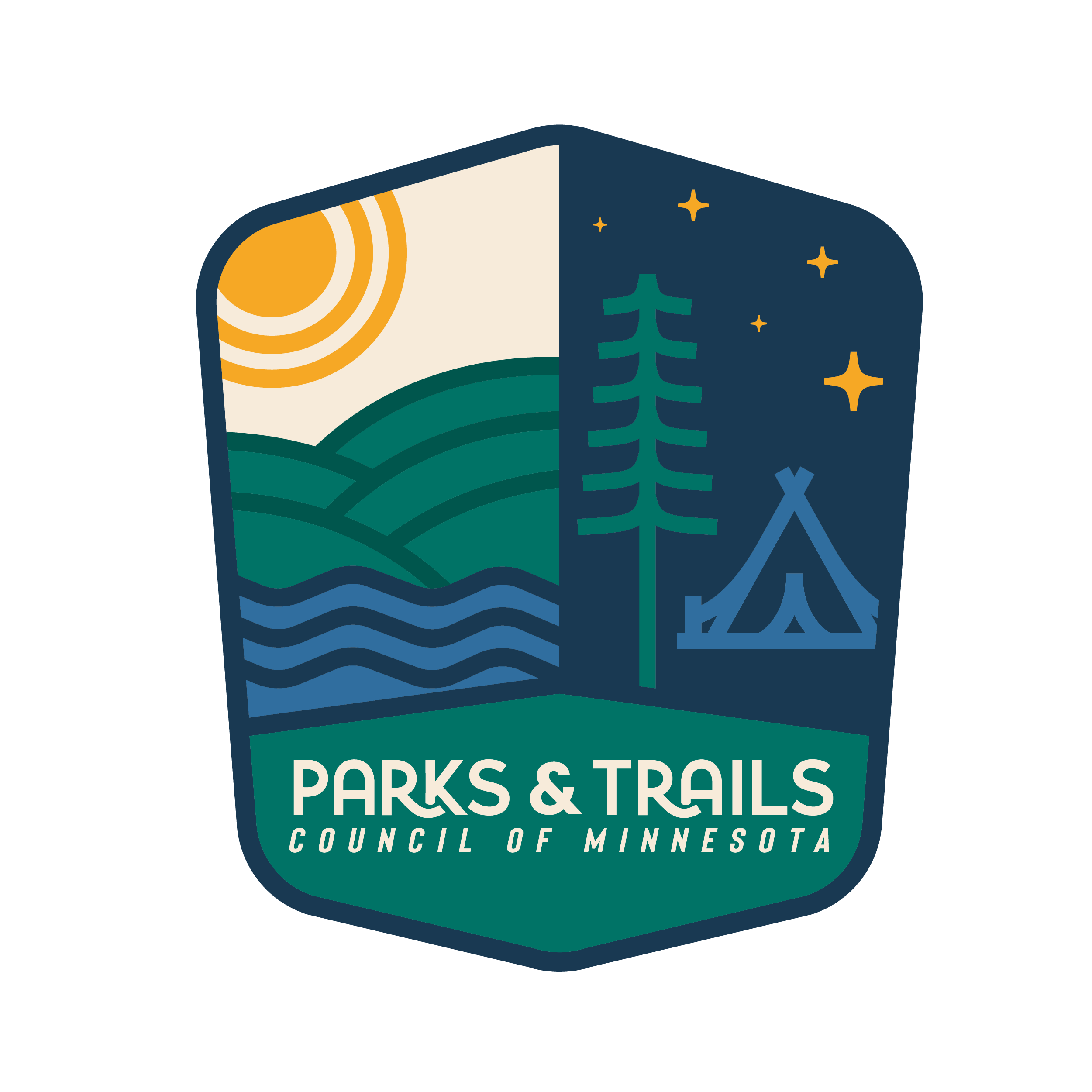On October 31, 2022, P&TC became the official owner of the land.

FAQs on our Lake Shetek Project
On October 24, 2020, Parks & Trails Council secured this land with the highest bid during a live auction. It took nearly two years of due diligence working with the sellers, adjacent property owners, the Murray County Examiner of Titles, and the Courts to clean up the title issues before closing the deal. This due diligence phase took so long because the land survey did not match the legal description. In addition to a number of overlapping legal descriptions with adjacent properties, there were also title issues with the primary access road.
Fortunately, the purchase contract that Parks & Trails Council entered into at the auction required that the Sioux Council of the Boy Scouts of America deliver marketable title and until all of the identified issues were cleaned up, they were not able to do so. P&TC has encountered such legal issues in previous land projects but nothing on a similar scale.
Nonetheless, throughout this process, our goal of protecting this land in its park-like state was never in jeopardy. So, while it took nearly two years to transfer ownership, our patience and persistence proved essential.
There are various reasons why P&TC gets involved with land purchases on behalf of a park or trail. For this project, the landowner, the Boy Scouts of America’s Sioux Council, decided to auction the land to the highest bidder. Because the MnDNR, the agency overseeing state parks, did not have sufficient funding in place to attend an auction on short notice, nor would they have had time to secure a licensed appraisal, they could not compete in the auction.
Knowing that this land was designated within the statutory boundaries of the state park, that it was adjacent to other lands within the park, and that it was a rare example of park-like land along Lake Shetek, we stepped up to save it for the park.
We are working closely with the park staff to maintain the property in line with park protocols. It is being minimally maintained with periodic mowing and trail clearing. No other visitor amenities are available, and none of the buildings are open to the public. An alarm system is active on the buildings, and police will respond when activated, so visitors must stay clear of the buildings.
With this in mind, park users are welcome to visit the grounds and use them respectfully, adhering to the same rules that apply to all Minnesota State Parks, e.g., stay on the mowed trails, no littering, no overnight stays, no campfires, no hunting, etc. Visitors may park on the driveway leading up to the entrance and walk around the gate.
The statutory boundaries of the park include this land. In other words, the Minnesota Legislature has authorized, but not obligated, the MnDNR to buy this land for the park. Now, the MnDNR needs to secure the necessary funding from the state, which historically happens as part of the Legislature’s bonding session. The next bonding session occurs in 2024, but with other land acquisition priorities, it may be several years before the MnDNR secures funding for this property. In the meantime, P&TC will hold this land in trust for the park.
There are numerous benefits to adding this land to the park.
It will help tell a fuller story of the region’s cultural history
Before settlers arrived, this land was part of the Dakota homeland. According to park manager Roseann Schauer, past archeological digs have turned up Native American artifacts on the peninsula.
While non-burial archaeological sites are not protected from harm on private lands in Minnesota, state park protocols ensure they are. Before any ground is disturbed during the development of park amenities, staff from the Office of the State Archaeologist will conduct reviews. The team would then document and protect any discovered artifacts. The park manager at Lake Shetek sees this as an opportunity for interpretation that helps tell a fuller story of the region’s cultural history.
It enhances the ecological integrity of the park.
Preserving this rare example of old-growth forest along Lake Shetek brings ecological benefits to the surrounding area. This peninsula provides wildlife habitat and conditions for other biotic processes to work harmoniously.
It enhances the park user experience.
For over 80 years, this land has been an experiential outdoor learning place for the Boy Scouts. They have maintained the grounds similar to how state park staff would, which means it will seamlessly integrate into the state park. This land offers potential for many park developments, including primitive group camping, trail hiking, and picnicking along the scenic shore of Lake Shetek.
About Lisa Filter
News Categories
Recent News
-
Improving the view at Front... May 31, 2024
-
2024 LEGISLATIVE RECAP May 28, 2024
-
State Park track chairs ope... May 24, 2024
-
The Friends of Scandia Park... May 10, 2024
-
Three Friends Groups receiv... April 3, 2024
